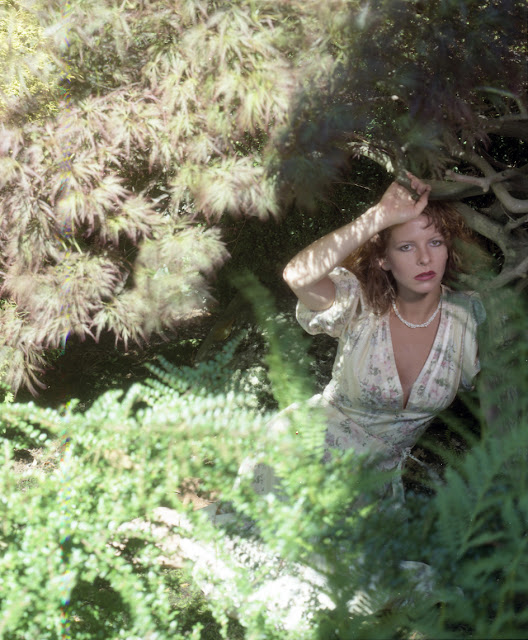Subject to Interpretation
Tuesday, June 28, 2016
 |
| The most recent interpretation June 27 2016 |
In those days before digital cameras and when journalism and
magazines were serious and almost reputable affairs photographers had to shoot with transparency
film,Kodachrome, Ektachrome,etc. The reason was twofold. Communication between
art director and photographer was in person or at the very least, as in my
case, my slides and larger transparencies (anything larger than a 35mm slide
was called a transparency) went by courier to Toronto or abroad.
There was
little room for interpretation and accuracy was paramount (unless you were
working for a super market tabloid). A slide, by necessity a finished product
was what the photographer had seen and the art director, if a good one with a
sense of ethical standards, would not vary in any way except for necessary (not
in all cases) and judicious cropping.
The slide
was converted into three colour separations (CMYK) which were cyan, magenta,
yellow and the K was what determined in black the density (light or dark) of
the picture to be printed by printing presses.
My Wikipedia has this on the enigmatic K:
The "K" in CMYK stands for key because in four-color printing, cyan, magenta and yellow printing plates are carefully keyed, or aligned, with the key of the black key plate. Some sources suggest that the "K" in CMYK comes from the last letter in "black" and was chosen because B already means blue.
My Wikipedia has this on the enigmatic K:
The "K" in CMYK stands for key because in four-color printing, cyan, magenta and yellow printing plates are carefully keyed, or aligned, with the key of the black key plate. Some sources suggest that the "K" in CMYK comes from the last letter in "black" and was chosen because B already means blue.
 |
| Interpretation some years ago |
In those
days before scanners b+w prints had to be printed in very glossy paper (reason
for the popularity of 8x10 glossies) as true blacks did not appear black if the
paper was matt.
With
scanners and now with digital cameras all that is behind us. It has liberated
the photographer from having to be absolutely accurate in exposure with slides.
Shooting RAW makes it possible to fix any errors.
But there
is an inherent problem here in that the art director of a very good magazine or
a reputable newspaper cannot compare what the photographer shot as the very
image he or she has received could be adulterated in all kinds of programs to
modify the image into a later reality. From afar the photographer and the art
director are not always looking at the same thing and there is no way of
confirming the intent of the photographer unless the photographer is reputable.
 |
| Variant of the first one |
As an
example I am placing here three interpretations of a medium format photograph
(Kodak VPS Colour Negative Film) which I took of the supremely beautiful Virve
Reid in my garden under a Japanese Maple. Which is the best one? It is all open
to interpretation. Which one would I have sent to a magazine? In many cases I
liked to respect the job of the art director so I might have sent all three.






